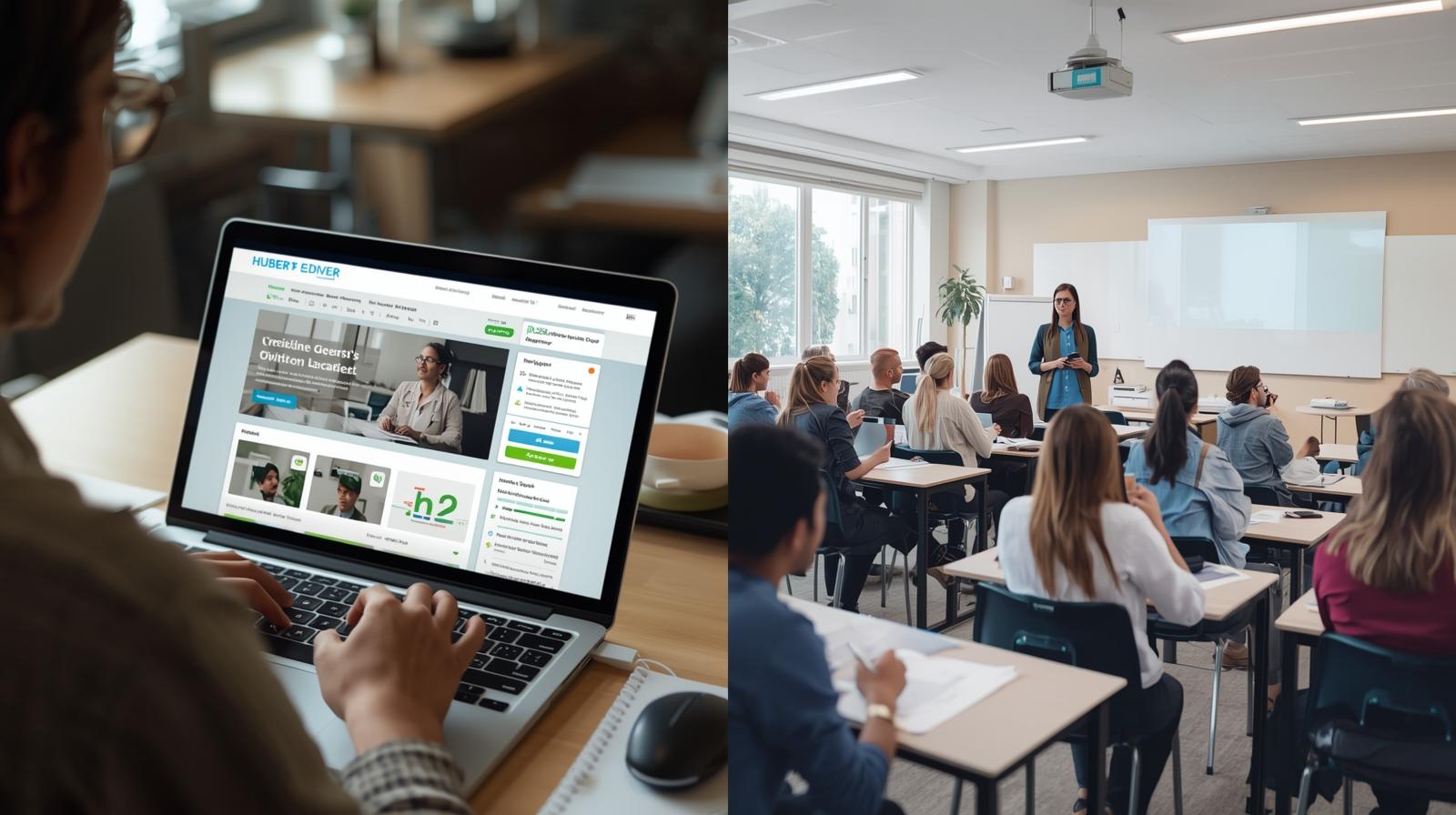Drivers Ed Course Online vs. Traditional Training: Which is Better? 🚘
Learning how to drive is more than just mastering gears, brakes, or acceleration—it’s about becoming a safe and responsible road user. In India, where traffic density and accident rates are among the highest globally, choosing the right drivers ed course can make all the difference. With the rise of digital learning, many students and organizations now face the choice between online drivers ed courses and traditional in-person training. But which option is better? Let’s explore.
What is a Drivers Ed Course?
A drivers ed course is a structured program that teaches driving skills, road rules, and defensive driving techniques. It covers both theoretical knowledge—such as traffic signs, lane discipline, and hazard awareness—and practical training that prepares participants for real-world driving conditions.
Benefits of Online Drivers Ed Course
Digital platforms have revolutionized driver education by making it more accessible and flexible.
- Learn Anytime, Anywhere – Participants can study at their convenience.
- Self-Paced Learning – Ideal for working professionals and students.
- Interactive Content – Videos, quizzes, and modules make learning engaging.
- Cost-Effective – Saves time and travel expenses compared to classroom learning.
- Wide Reach – Accessible in multiple languages, suitable for pan-India learners.
For instance, Hubert Ebner India’s web-based Suraksha program enables learners to gain defensive driving knowledge virtually while still earning certification.
Benefits of Traditional Drivers Ed Course
Despite the popularity of online learning, traditional training remains valuable, especially for practical driving skills.
- On-Road Experience – Nothing replaces real-world vehicle handling.
- Direct Supervision – Instructors provide immediate feedback and correction.
- Group Learning – Encourages interaction and shared experiences.
- Structured Schedule – Ensures discipline and consistent progress.
- Higher Confidence – Learners feel more prepared for actual traffic conditions.
Which Drivers Ed Course Should You Choose?
The best approach often combines both methods. Online training helps learners master theory and defensive driving strategies at their own pace, while traditional training ensures they gain hands-on experience behind the wheel.
For individuals, an online drivers ed course may be a great starting point, but supplementing it with practical lessons guarantees better road safety awareness. For organizations managing fleets, combining digital training modules with in-person assessments can create safer, more skilled drivers.
Why Hubert Ebner India?
At Hubert Ebner India, we specialize in both online and traditional driver education. Our Suraksha programs are designed to meet the needs of every driver—whether two-wheeler, LMV, HCV, or specialist operators. With certified trainers, localized content, and decades of road safety expertise, we ensure that every participant becomes a competent, confident, and responsible road user.
Final Thoughts
Choosing the right drivers ed course depends on your needs and goals. Online courses offer flexibility and accessibility, while traditional methods deliver essential hands-on practice. Together, they form the perfect blend for building safer drivers and reducing accidents on Indian roads.




